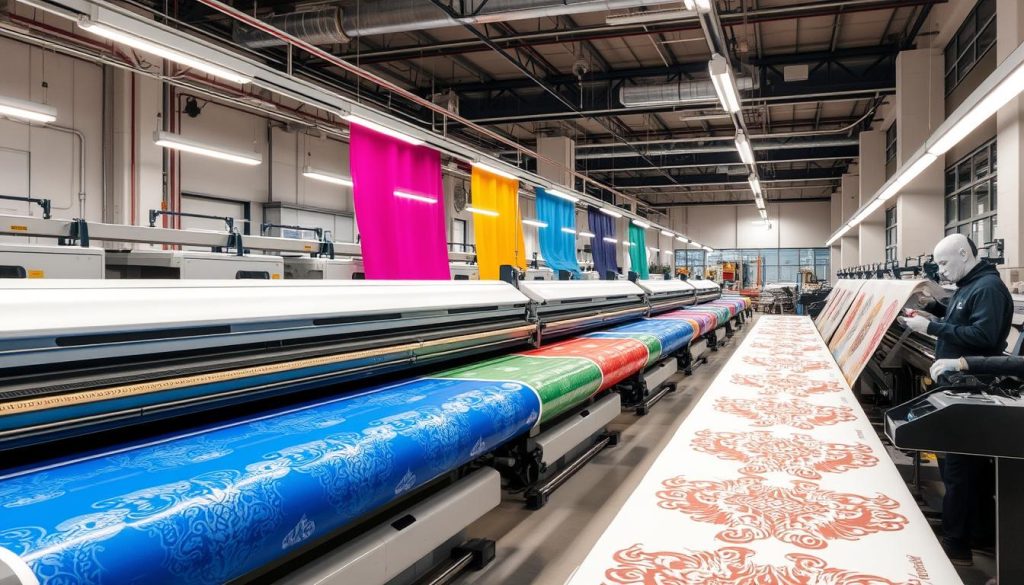Window Replacement: Enhancing Comfort, Energy Efficiency, and Home Value
Window replacement is one of the most impactful home improvement projects you can undertake. It not only improves the aesthetic appeal of your home but also increases energy efficiency, enhances comfort, and even raises property value. Whether you’re replacing old, inefficient windows or updating your home’s exterior, modern windows offer a range of benefits that go far beyond just looks. In this article, we’ll explore why Window Replacement Stenungsund is a great investment, the signs it’s time to replace your windows, the benefits of upgrading, and the options available.
Signs You Need to Replace Your Windows
Many homeowners don’t realize it’s time for a window replacement until the issues become more noticeable. Here are some common signs that indicate it may be time to replace your windows:
Drafts and Air Leaks
If you feel a noticeable draft around your windows, it’s a sign that air is leaking in or out. This can lead to discomfort in your home and higher energy bills as your heating and cooling systems work harder to maintain a stable indoor temperature.
Condensation Between the Glass Panes
Condensation forming between double or triple-pane windows is a clear sign that the seal has failed. This leads to moisture buildup, which can not only affect your windows’ appearance but also reduce their insulating properties.
Difficulty Opening or Closing Windows
Windows that are difficult to open or close may have warped frames, rotting sashes, or broken hardware. This can be a safety issue, especially in the case of emergency exits, and a sign that the window’s structural integrity is compromised.
Visible Damage
Cracks, chips, or broken frames in your windows can be more than just an aesthetic issue. Damaged windows can compromise your home’s security, insulation, and overall appearance. If the damage is widespread or beyond repair, replacement may be necessary.
Increased Energy Bills
Older windows, especially single-pane ones, allow heat to escape in the winter and enter during the summer. This results in higher energy consumption and increased utility bills. Replacing old windows with energy-efficient options can help regulate indoor temperatures and save money in the long run.
Benefits of Window Replacement
Investing in window replacement offers numerous advantages, making it one of the most cost-effective home improvements. Here are some of the key benefits:
Improved Energy Efficiency
One of the biggest advantages of replacing old windows is improved energy efficiency. Modern windows, especially those with double or triple glazing, are designed to prevent heat transfer. Low-E glass coatings and gas fills between panes can significantly reduce energy loss, making it easier to keep your home warm in the winter and cool in the summer. This results in lower heating and cooling costs.
Enhanced Comfort
New windows provide better insulation, which helps maintain a consistent indoor temperature. No more cold drafts in the winter or overheated rooms in the summer. This makes your home more comfortable year-round.
Noise Reduction
If you live in a noisy neighborhood or near a busy street, replacing your old windows with modern, well-sealed windows can dramatically reduce outside noise. Insulated windows with multiple layers of glass or soundproofing options can create a quieter and more peaceful indoor environment.
Increased Home Value
Window replacement is a home improvement that can significantly increase the resale value of your home. Modern windows improve the curb appeal of your home and give it a more updated and appealing look. Potential buyers often prefer homes with energy-efficient windows, which could give you a competitive edge in the market.
UV Protection
Over time, the sun’s UV rays can cause furniture, carpets, and drapes to fade. New windows with UV-resistant coatings can help block harmful rays, protecting your home’s interior from sun damage and helping your furnishings last longer.
Better Security
New windows come with better locking mechanisms and stronger glass options. This provides enhanced security for your home and peace of mind knowing that your family and belongings are protected.
Types of Windows to Consider
When replacing windows, it’s important to choose the right type for your home. Here are some popular window styles:
Double-Hung Windows
Double-hung windows are a classic choice, with two movable sashes that allow for both top and bottom ventilation. These windows are easy to maintain and clean because both sashes tilt inward.
Casement Windows
Casement windows are hinged at the side and open outward like a door. These are great for areas that require good ventilation and can be easily opened with a crank. They provide a tight seal when closed, which makes them energy-efficient.
Sliding Windows
Sliding windows have a simple design with one or more sashes that slide horizontally. These windows are ideal for modern homes and areas with limited space, as they don’t require a swing arc for opening.
Awning Windows
Awning windows are hinged at the top and open outward. They’re perfect for rainy climates because you can leave them open for ventilation without letting rain in.
Bay and Bow Windows
These windows protrude outward, creating a larger window space. They add dimension to a room and can be customized with seating or additional storage space inside.
Energy-Efficient Windows
Energy-efficient windows are designed to reduce heat transfer, keeping your home comfortable and your utility bills low. Look for windows with a high Energy Star rating or those featuring Low-E glass coatings, gas fills, and multiple layers of glazing.
Choosing the Right Window for Your Home
When selecting replacement windows, consider factors such as your home’s architectural style, climate, and energy needs. It’s also important to choose windows that fit within your budget. Work with a professional window contractor to ensure that the windows are properly installed, as a poor installation can negate the benefits of upgrading to more efficient windows.
Window replacement göteborg is an investment that not only improves the comfort and appearance of your home but also boosts its energy efficiency and security. Whether you’re dealing with outdated, damaged windows or simply looking to enhance your home’s value, new windows offer a wide range of benefits. With the right choice of materials and installation, you can enjoy lower energy bills, a more comfortable living space, and an increase in your home’s market value.
Visit Västra Götaland’s leading experts in window installation at https://fonsterexpert.se/



